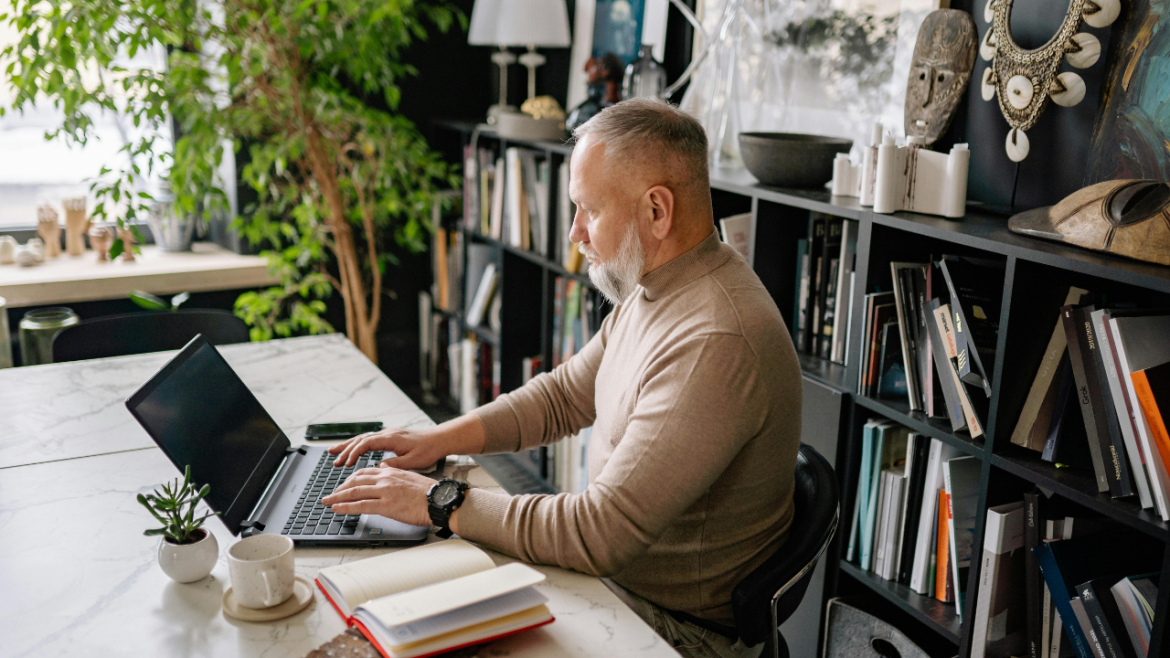Did you know that Leading Edge Senior Care has a Dementia Support Group? We meet monthly In Mesa. For more details <click here>
How To Make Your Home Safe For Seniors
Aging brings many changes, and ensuring a safe living environment becomes increasingly important. Many seniors want to maintain their independence, but household hazards can pose serious risks. Falls, limited mobility, and cognitive challenges all contribute to potential dangers within the home. Adapting a living space to meet a senior’s needs can make a world of difference. A well-designed home can foster confidence, encourage independence, and prevent unnecessary accidents.
Creating a safe space involves more than just removing obstacles. It requires thoughtful modifications that address both physical and cognitive needs. From reducing fall hazards to improving accessibility, every change matters. By taking proactive steps, families can ensure that their loved ones feel secure and comfortable in their own homes.
Reducing Fall Risks
Falls are one of the leading causes of injuries among seniors. A simple misstep can lead to broken bones, hospital stays, and long recovery periods. Many household items contribute to these risks, but with the right precautions, the dangers can be minimized.
Loose rugs and uneven flooring can create unexpected tripping hazards. Removing throw rugs or securing them with non-slip backing can make a significant difference. Cluttered hallways, electrical cords, and misplaced furniture can also obstruct pathways. Ensuring clear walking areas allows for safer navigation, especially for those using walkers or canes.
Proper lighting is another essential factor. As eyesight weakens with age, poorly lit areas can increase the risk of falls. Installing brighter bulbs and motion-sensor lights in hallways, staircases, and bathrooms enhances visibility, reducing the chances of an accident.
Improving Bathroom Safety
Bathrooms present unique challenges for seniors. Slippery floors, hard surfaces, and limited space make them one of the most dangerous areas in the home. Simple modifications can help prevent injuries and make daily routines safer.
Installing grab bars near the toilet and shower provides additional support. These bars help seniors maintain balance while moving between different areas. Non-slip mats inside and outside the bathtub reduce the risk of slipping when stepping in or out. Walk-in tubs and roll-in showers can also improve accessibility for those with mobility issues.
Toilet seat risers can make sitting and standing easier for seniors with joint pain or weakness. Lever-style faucets are another helpful addition, as they require less strength to operate than traditional knobs. Small changes like these can make a big impact on daily comfort and safety.
Creating a Safe Bedroom
The bedroom should be a place of rest and relaxation, not a space filled with potential hazards. Ensuring that a senior’s sleeping area is comfortable and safe can contribute to better rest and peace of mind.
A sturdy bed frame with the right height allows for easy access. If a bed is too low, standing up can be difficult. If it’s too high, there’s a risk of falling when getting in or out. Bedside grab bars can provide extra support for those who need assistance.
Nightlights are another valuable addition. Waking up in the middle of the night and navigating in the dark increases fall risks. A soft-glowing nightlight helps illuminate the path without disrupting sleep. Keeping a phone or medical alert device nearby ensures that help is always within reach.
Enhancing Kitchen Safety
The kitchen is a central part of the home, but it can also be one of the most dangerous areas. Hot surfaces, sharp objects, and hard-to-reach cabinets all present potential hazards. Making small adjustments can make cooking and meal preparation much safer.
Frequently used items should be stored at waist level to avoid excessive bending or reaching. Heavy pots and pans can be difficult to lift, so opting for lighter cookware can ease the strain on aging joints. Automatic shut-off features on appliances, such as stoves and coffee makers, can prevent fires and accidents caused by forgetfulness.
Non-slip flooring or mats in front of sinks and counters help provide stability while standing. An easy-to-use fire extinguisher should always be within reach, ensuring quick action in case of emergencies.
Enhancing Home Accessibility
For seniors with limited mobility, navigating the home should not feel like a daily struggle. Ensuring that every area is accessible can improve confidence and independence.
Installing ramps at entryways eliminates the need for steps, making it easier for those using wheelchairs or walkers to move freely. Handrails along staircases offer additional support, preventing slips or falls on steps.
Doorways should be wide enough to accommodate mobility aids. If a walker or wheelchair cannot pass through, widening the space may be necessary. Lever-style door handles make opening doors easier than traditional knobs, especially for those with arthritis or grip issues.
Emergency Preparedness
Even with a well-modified home, emergencies can still happen. Having a plan in place ensures that seniors can get help when needed.
Medical alert systems provide a direct line of communication to emergency services. Wearable devices or wall-mounted call buttons allow seniors to reach out for assistance with ease. Keeping a list of emergency contacts in a visible location can also be helpful.
Smoke detectors and carbon monoxide alarms should be checked regularly. Having an accessible emergency exit plan ensures that seniors know what to do in case of a fire or power outage.
The Emotional Impact of a Safe Home
Safety goes beyond preventing accidents; it provides peace of mind. Seniors who feel secure in their living spaces experience greater independence and confidence. They can go about their daily routines without fear of falling or struggling with mobility. Family members also gain reassurance, knowing their loved ones are protected in an environment designed for their needs.
Creating a safe home is an act of love. Thoughtful modifications ensure that seniors can enjoy their golden years without unnecessary risks. Whether making small adjustments or major renovations, every step toward safety is a step toward a better quality of life.

